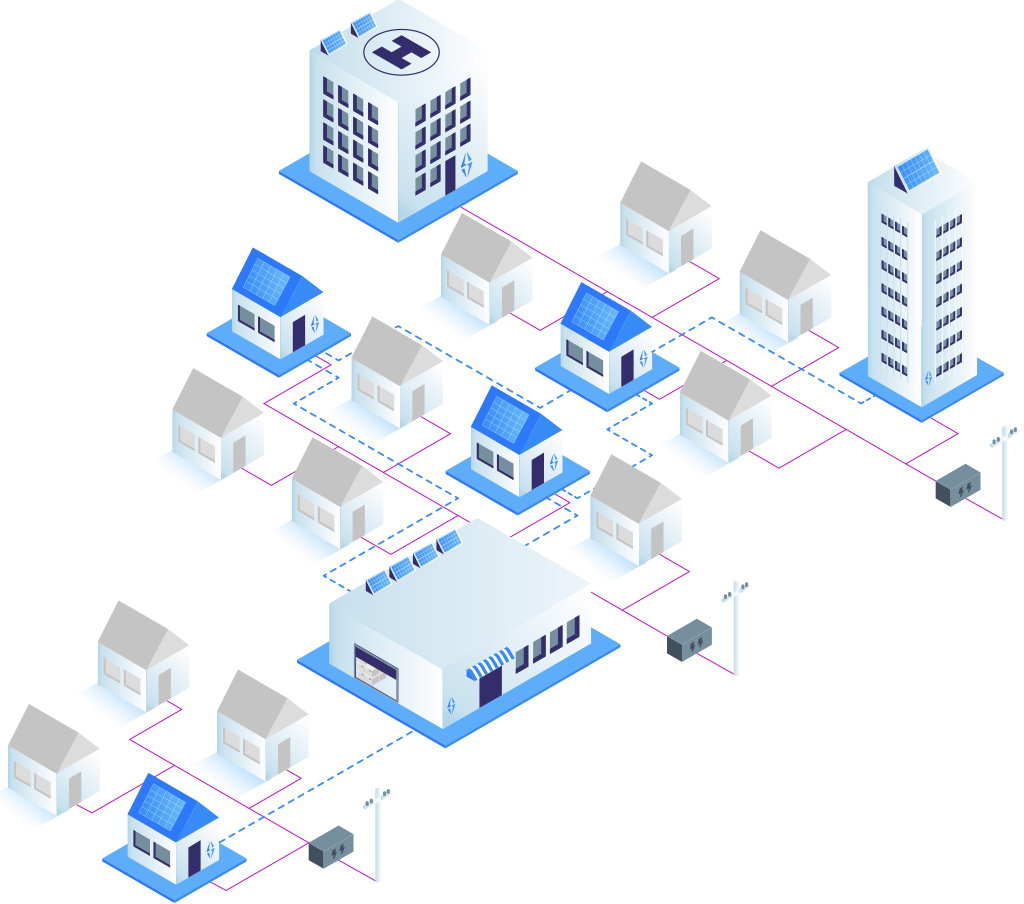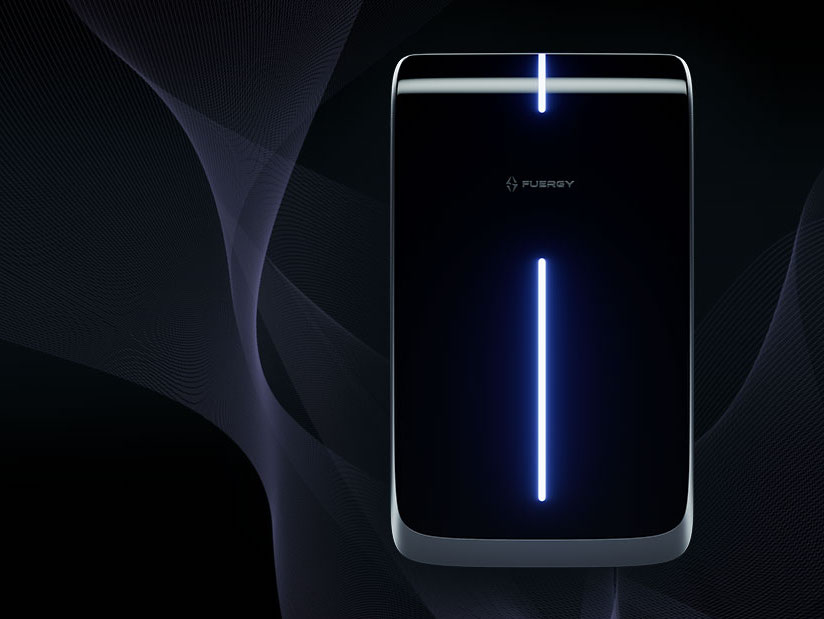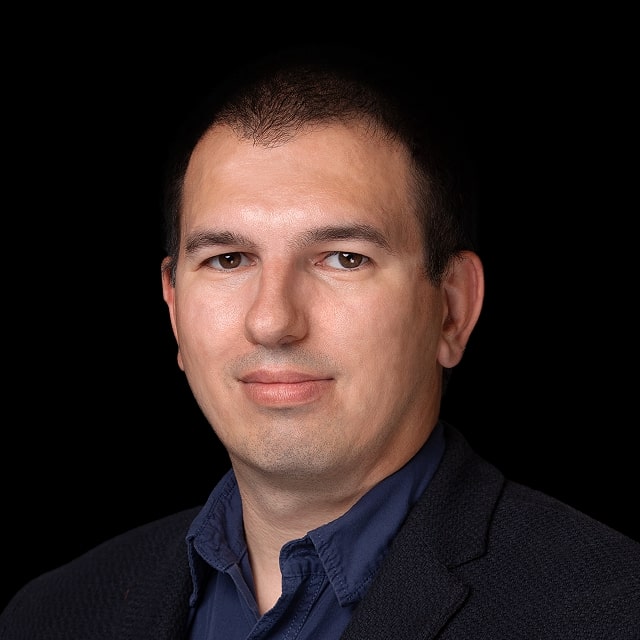Blackouts in the Developing World How Microgrids are helping us cope
For residents of Maracaibo, March 7 to March 12 represented hell on earth. Power blackouts crippled the second largest city in Venezuela and left its residents struggling to find ways to survive. With the sun beating down overhead, basic amenities disappeared overnight. Food spoiled in refrigerators, restaurants, and supermarkets, causing widespread hunger. Water became undrinkable without access to water filtration, causing its citizens to pay abhorrently steep fees for bottled water on the black market. Looting and riots marred the streets with violence, leading to hundreds of people seeking access to hospitals that couldn't treat them. In just five days, a power crisis effectively crippled all semblance of a functioning society.
For well-developed cities in the West, a blackout typically means a couple hours of minor inconvenience - smart phones will go uncharged, WIFI networks will go unconnected, and televisions will go unwatched. But in the developing world, when disaster strikes (be it natural or manmade) a power outage can quickly devolve into a humanitarian crisis. In the 21st century, however, we've designed a catastrophe-saving solution: the strategic implementation of microgrids.
Independent energy operation makes sense
Natural and manmade disasters are on the rise. Worse, they often occur in areas where populations are generally ill prepared to deal with the fallout. In many cases, a poor main power grid exacerbates the problem, forcing people to deal with extended blackouts in a time of extreme need.
A microgrid acts as a small, freestanding power source apart from the main power grid. Microgrids can range in size from a few small buildings, to a single battery pack connected with a smartphone. The ability to provide power while separated from the grid is essential when a region is experiencing a power outage. A process known as "islanding" allows buildings to provide at least temporary power for essential services in case of an emergency, while still giving them access to the main grid under normal conditions.

Microgrids are already installed in many places throughout the world. In the United States, microgrid technology allowed for the continued running of hospitals, grocery stores, and gas stations in the aftermath of Hurricane Harvey, saving the lives of countless Texans.
Rural communities, often hit hard by disasters, could see the most benefit from microgrid implementation. The ability to detach from faulty central grids and power themselves is essential when dealing with underfunded power companies or natural disasters.
If a conscious effort is made to get communities to implement microgrids, it could prove to be game-changing. Take the Venezuelan blackouts for example: Strategic microgrids could have prevented the cataclysmic chain of events from occurring.
Making the most of smart technology
As the world becomes more and more virtual, microgrids can tap into this technological potential much more easily than traditional power grids. In fact, some microgrids have gone completely virtual, allowing a community of users to share energy without the need for a physical connection.
 Using AI technology, microgrids are able to virtually analyze the data from all connected devices, interpreting trends such as weather, the device owner's behavior, and the behavior of all other devices on the grid. Using a machine learning algorithm, the virtual network allows each member to connect to each other's power devices. This results in smarter and more adaptable energy allocation, and ensures that power is spent and bought in the most efficient way.
Using AI technology, microgrids are able to virtually analyze the data from all connected devices, interpreting trends such as weather, the device owner's behavior, and the behavior of all other devices on the grid. Using a machine learning algorithm, the virtual network allows each member to connect to each other's power devices. This results in smarter and more adaptable energy allocation, and ensures that power is spent and bought in the most efficient way.
Peer-to-peer (P2P) energy trading is another perk microgrids can facilitate through virtual marketplaces. Users can buy energy when they are deficient, sell when they produce too much, or give to family or loved ones in case of a crisis. Blockchain plays a vital role in this, as it helps verify transactions in the energy market. As of February, 150 companies worldwide are developing virtual microgrids using blockchain technology.
It's easy to see how this would benefit those in a crisis: When disaster hits, users have access to a trustworthy energy network, rather than having to rely on the state-provided power. In Puerto Rico, companies are already providing virtual microgrids to turn entire city blocks into virtual power plants, in preparation for the next Hurricane Maria.
Microgrids for smarter, more sustainable energy
Amidst the wreckage, in the aftermath of Hurricane Maria, one house shined bright as a beacon to all. The only place with power for miles, Casa Pueblo, an ecology center, provided power and acted as a makeshift hospital for hundreds of people in the weeks after the hurricane. What made Casa Pueblo special was its installation of solar powered microgrids. Taking advantage of the natural sunlight that Puerto Rico enjoys, Casa Pueblo was able to bypass the power outrage by using sustainable renewable energy. While solar power isn't yet efficient enough to be the sole source of power throughout the year, it allows for buildings to retain resiliency in the midst of a crisis.
With their high compatibility with renewable energy, microgrids may be the final catalyst to pave the way to a 100 percent renewable energy future. A major benefit of solar-powered microgrids is their ability to store energy for later use. This is especially important when it comes to solar power, as energy can be stored during the day and used at night. This is the kind of flexibility that developing countries with unreliable energy supplies simply can't pass up. Renewable energy will not only benefit the planet in the long run, but it will allow countries to increase their resiliency in the face of adversity.
As of this writing, sustained blackouts have returned to Maracaibo, causing further misery to its inhabitants. When it comes to protection against these kinds of crises, the only defense is preparation. Microgrids not only offer the power to avoid extensive disaster zones, but they are also the best way to get smart about energy in the 21st century.
 Tomas Demcak is Co-founder and Chief Compliance Officer at FUERGY,an AI-powered device that utilizes blockchain to help users optimize energy consumption, maximize energy efficiency, and participate in the energy market.
Tomas Demcak is Co-founder and Chief Compliance Officer at FUERGY,an AI-powered device that utilizes blockchain to help users optimize energy consumption, maximize energy efficiency, and participate in the energy market.
FUERGY | https://fuergy.com
Author: Tomas Demcak
Volume: 2019 May/June








